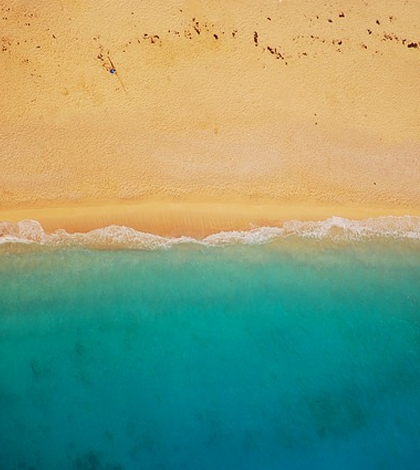Beach Sand Found To Hold More Bacteria Than Seawater

A press release from the University of Hawaii at Manoa summarizes the conclusions of a recent study to look at fecal bacterial counts in beach sand versus seawater. Scientists have known that levels of fecal bacteria on beaches are higher than those in seawater for the past 10 years, but the study’s results helped them pinpoint by how much. The U. Hawaii researchers found that beach sand holds 10 to 100 times the fecal bacteria that seawater does.
To study the levels, they simulated sewage-contaminated bacterial growth in lab-created sand and seawater microcosms. They found that while the lab consortia of each simulated environment changed over the experiment’s duration, the beach sand microcosm’s bacterial community showed less decay over time, leading to higher fecal bacteria counts than those obtained in the seawater microcosm. Although most coastal bacterial monitoring focuses on seawater, study authors suggest that environmental monitoring also incorporating sand could yield more complete results.
High fecal bacterial counts on coasts are often the result of sewage getting into the seawater. The bacteria can cause stomach trouble, rashes or diarrhea for swimmers who swallow or come in contact with them.




0 comments